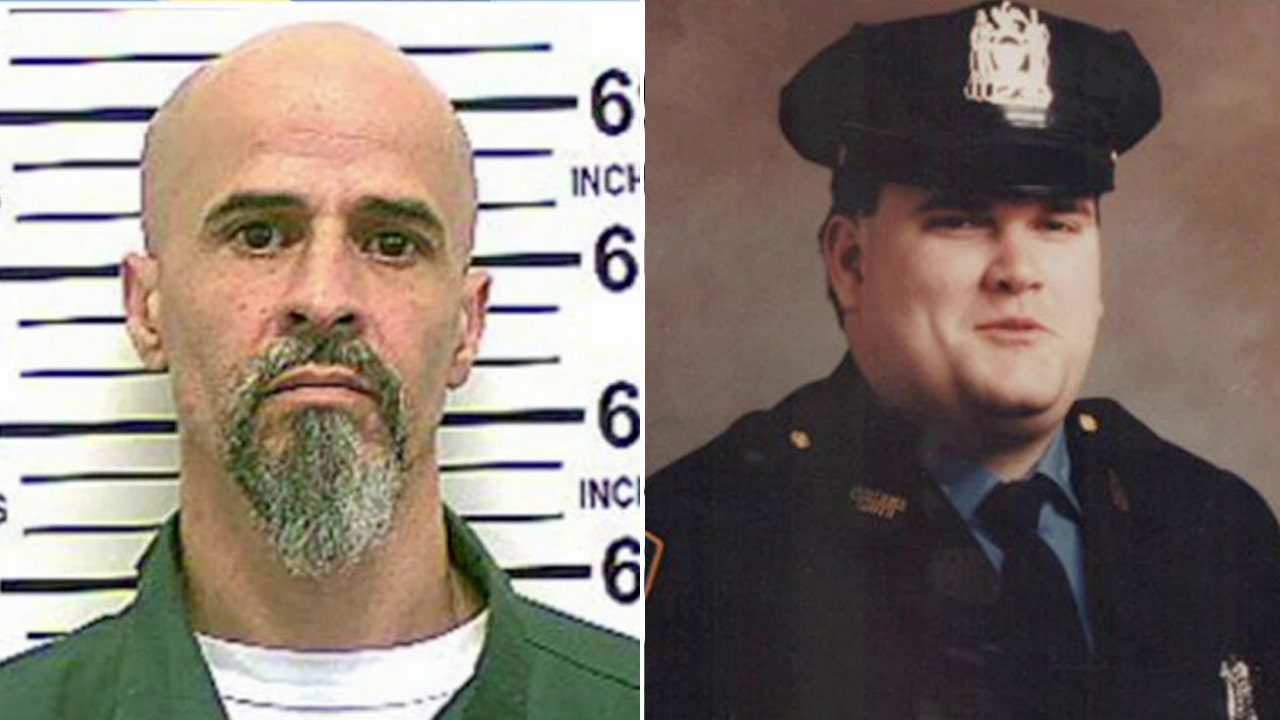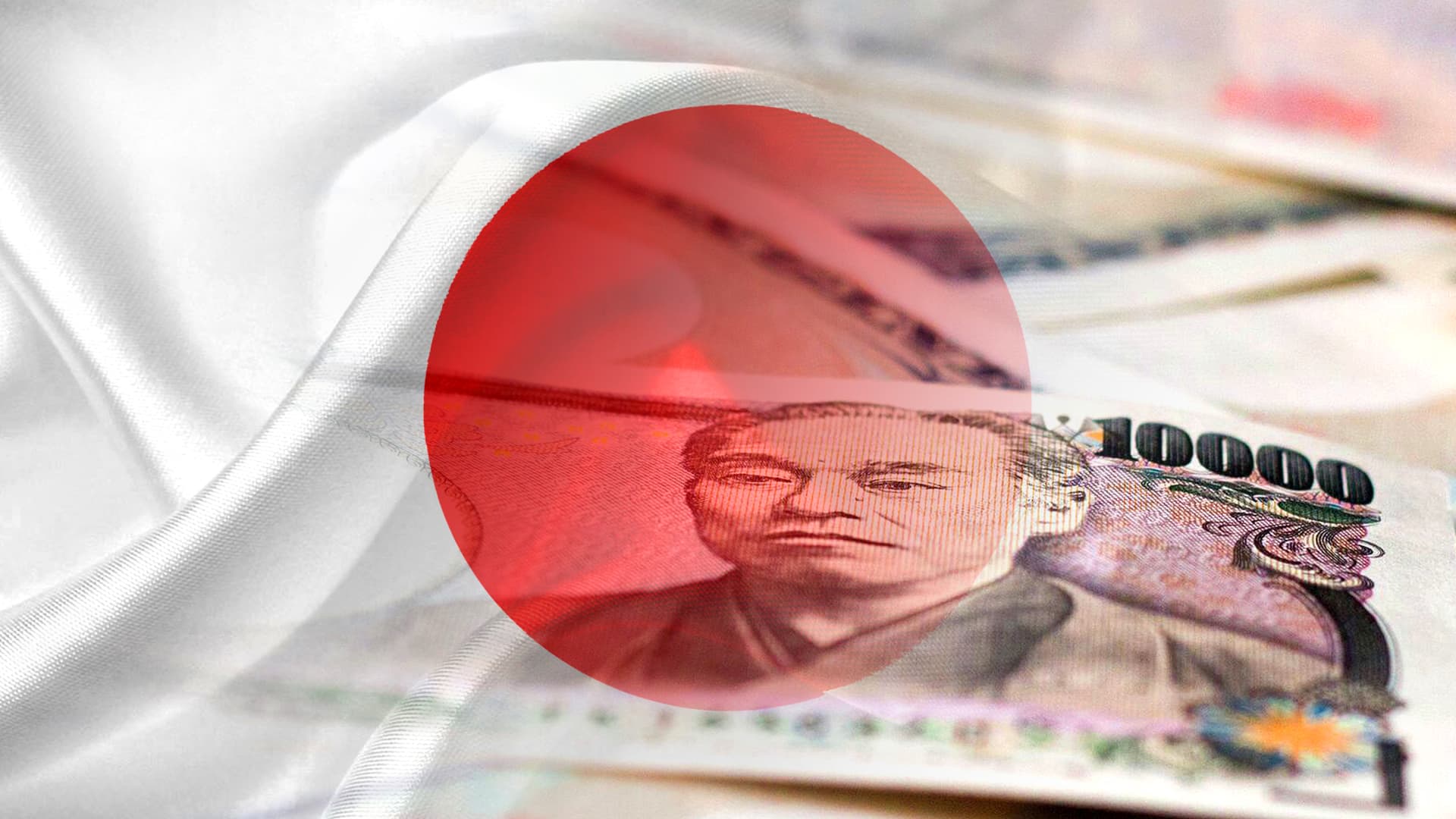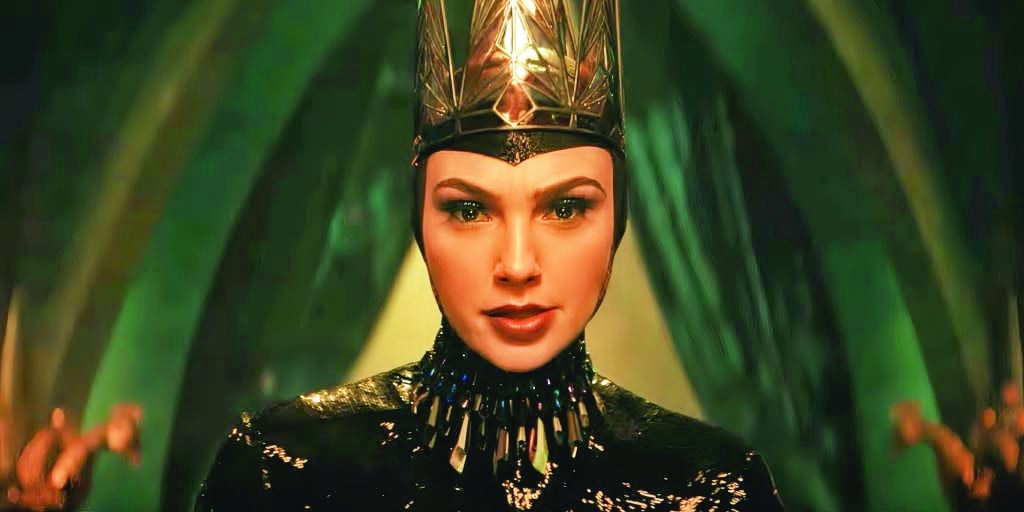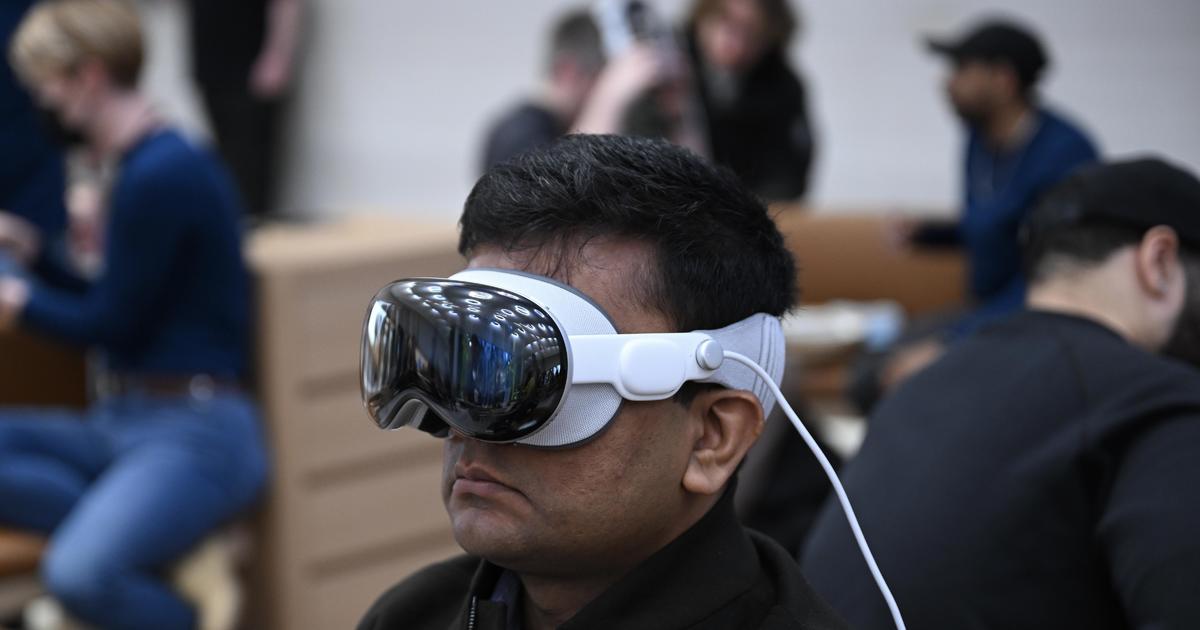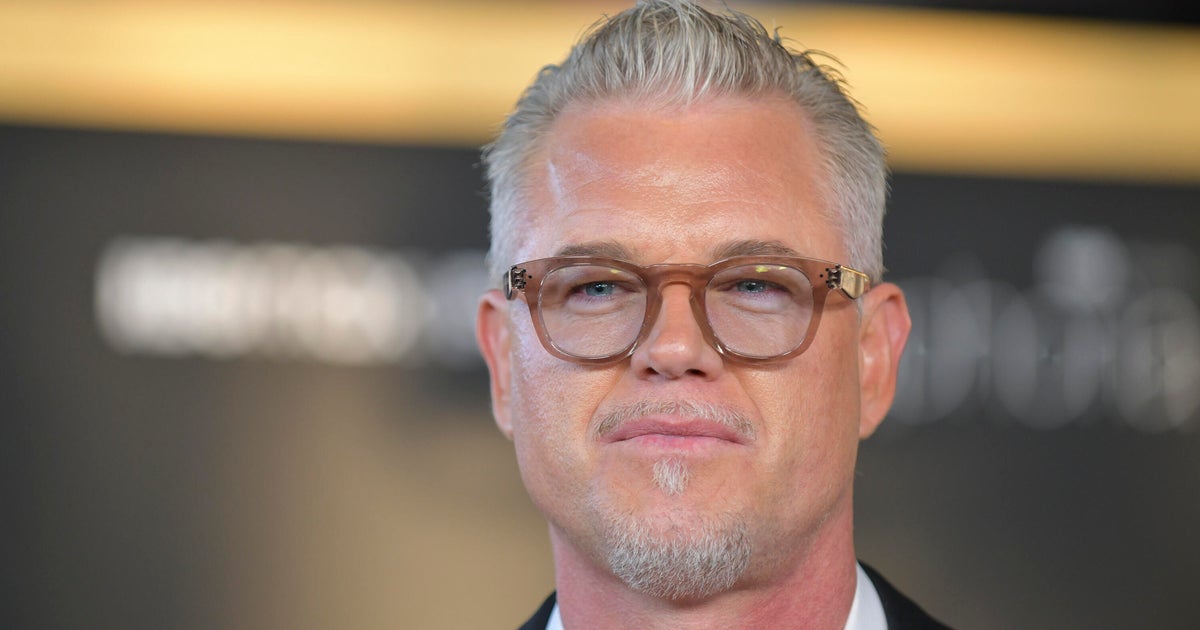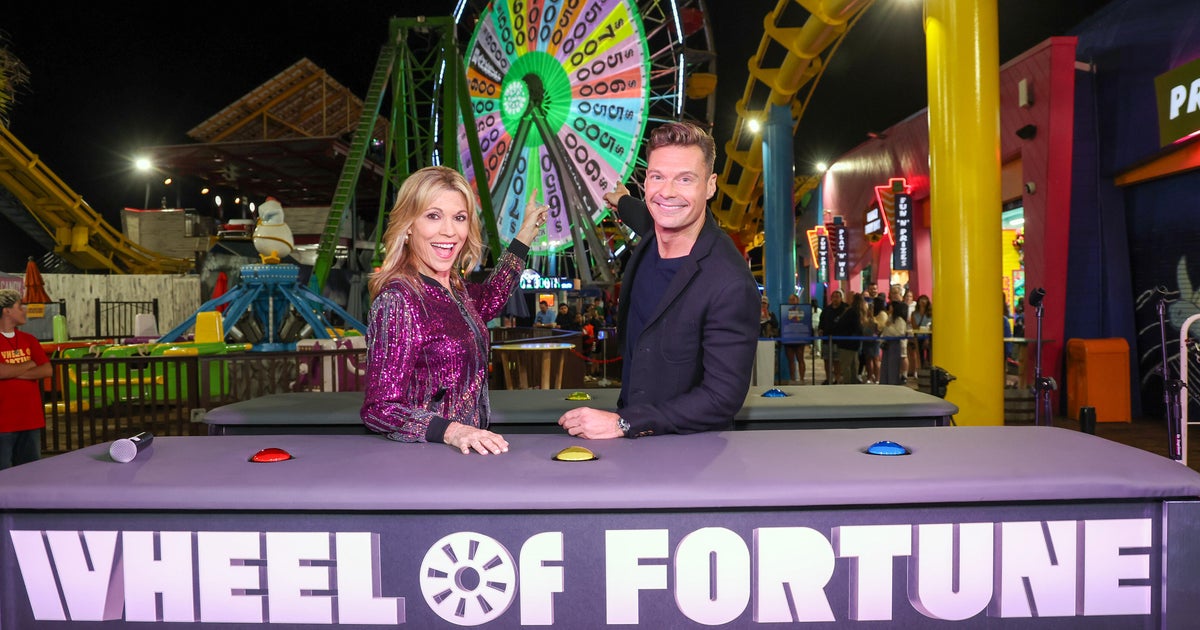Yrjo Kukkapuro, a Finnish furniture designer who devoted his restless creative energies to sedentary comfort, creating dozens of chairs that coddled sitters and lent a zesty flair to their surroundings, died on Feb. 8 at his home in Kauniainen, Finland. He was 91.
His death was confirmed by his daughter, Isa Kukkapuro-Enbom.
In his seven-decade career, Mr. Kukkapuro designed a variety of furnishings for homes, offices and public institutions. But he was best known for his seating.
“Almost every Finn has sat on a chair he designed — at a metro station, in a bank, at a school or in a library,” his company, Studio Kukkapuro, said in a news release.
An experimental modernist who was invigorated by the availability of lightweight synthetic materials after World War II, Mr. Kukkapuro made abundant use of fiberglass and other plastics, which could be sculpted to the human form. He also favored organic materials like steam-bent plywood and leather.
Referring to Mr. Kukkapuro’s relentless pursuit of ergonomics, Jukka Savolainen, a former director of the Design Museum in Helsinki who now heads the Alvar Aalto Museum in Finland, described him as “playful with form and color, but always thinking about the user at the center.”
Among Mr. Kukkapuro’s most celebrated designs was Karuselli, a slick fiberglass lounge chair with exuberant leather upholstery rolling over the edges. He attached the bulbous bucket seat to the flowerlike base with a steel bracket that permitted the chair — whose name means “carousel” in Finnish — to both swivel and rock.
Karuselli was introduced in 1965 at the International Furniture Fair in Cologne, Germany. In 1966, it appeared on the cover of the Italian design magazine Domus.
Marianne Goebl, the managing director of the Finnish furnishings company Artek, which revived the chair for production in 2013, said consumers today either love its space-age looks or hate them, but that there is no denying the chair’s comfort.
“I feel like an egg yolk floating in an egg,” she said about the experience of sitting in it.
Indeed, Karuselli, which is in the permanent collection of the Victoria and Albert Museum, is routinely hailed as the easiest of easy chairs. In 2011, the British design entrepreneur Terence Conran told The Telegraph, “Even with a bad back, I lie back in it with a glass of whiskey and a cigar, and immediately feel that life is worth living.”
Yrjo Kukkapuro was born Yrjo Blumbach on April 6, 1933, in Vyborg, a city about 275 miles east of Helsinki that is now part of Russia. He was the eldest of five children of Erik Blumbach, a builder and house painter, and Eeva (Vatanen) Blumbach, a tailor.
In 1938, the family moved north from their village near Vyborg to the town of Imatra, where Erik Blumbach had found work as a painter and bus mechanic. This spared them the trauma of evacuation when war broke out between Finland and Russia in 1939 and Finns were forced to leave the Vyborg area, Ms. Kukkapuro-Enbom said.
When Yrjo was 7 years old, his father was angered to discover that the boy’s teachers were unable to pronounce his unusual surname, which had been passed down from Estonian forebears. Learning that “Blumbach” was derived from the German for “flower creek,” he renamed the family with the Finnish translation, Kukkapuro.
In addition to his daughter, Mr. Kukkapuro is survived by two sisters, Terrtu Lempiäinen and Marjatta Ossi; three grandchildren; and two great-grandchildren.
His wife, Irmeli Kukkapuro, a graphic artist and painter whom he met in 1955 and married a week later, died in 2022. The couple worked side by side throughout their long marriage, and Mr. Kukkapuro credited her with influencing his sense of color.
His earliest ambition, Ms. Kukkapuro-Enbom said, was to be a sculptor, but he worried that he couldn’t make a living at it. So in 1953 he enrolled at the Institute of Industrial Arts in Helsinki (now part of Aalto University), where he met his future wife and studied with industrial designers, like Ilmari Tapiovaara, who had emerged from the war years eager to bring about social and visual change.
“Modernism was something that hit Yrjo Kukkapuro early,” Ms. Kukkapuro-Enbom said.
Like many modernists, Mr. Kukkapuro saw beauty in the mechanical aspects of design and insisted on leaving screws and other fasteners exposed, calling attention to how a product was assembled. This habit earned him the nickname Ruuvimies, or as the Finns indecorously translate it, “Screw Man.”
He received a degree in interior architecture in 1958 and opened a design office in Helsinki the next year. With the assistance of grants, he began developing furniture prototypes that brought him into the sphere of the Finnish manufacturer Haimi. Their collaboration began in 1963 and lasted 17 years.
A generational shift at Haimi led to the spinoff of a new company, Avarte, with which Mr. Kukkapuro was also associated, a relationship that continued until 2013.
“Every decade, he was changing his style or trying new materials,” Ms. Kukkapuro-Enbom recalled. Marking Mr. Kukkapuro’s entry into postmodernism was his 1982 Experiment lounge chair, which had colorful squiggles forming continuous arms and front legs. “A bit of frivolity without being too extreme” is how the American furniture impresario George Beylerian described it.
Experiment was brought back into production last year by the Swedish company Hem.
Though his lively furniture might suggest otherwise, his daughter said, Mr. Kukkapuro was not himself particularly playful. The aesthetics were in the service of the user.
“If you design a chair for a bank or an office, it sounds so dull,” she said. “He wanted to give inspiration to the person who has to sit in the chair for hours.”
In 1968, he worked with Eero Paloheimo, an engineer who later went into politics, to build a concrete-and-glass residence and studio in Kauniainen, about nine miles northwest of Helsinki. With its swooping roof, curving walls and almost undifferentiated interior space filled with prototypes, manufactured designs and graphics, the building looked like a U.F.O. that had landed in search of a sauna. It is to become a museum and research center next year.
Mr. Kukkapuro was also a beloved teacher. The Swedish designer Eero Koivisto, who studied with him at the Institute of Industrial Arts in the early 1990s, remembered him in a recent Instagram post as championing products that were “clear, functional and somewhat personal if possible. I would like to add ‘witty’ in his case.”
Mr. Kukkapuro continued working “until the very last minute,” Ms. Kukkapuro-Enbom said. One project was a chair called Senior, envisioned for older users. He was also intent on designing “the most minimal chair he had ever made,” she said, and his last request was to share ideas with his longtime assistant that could be turned into digital renderings.
Will we ever see that super-minimal chair?
“No,” she said. “He took it with him to the stars.”


